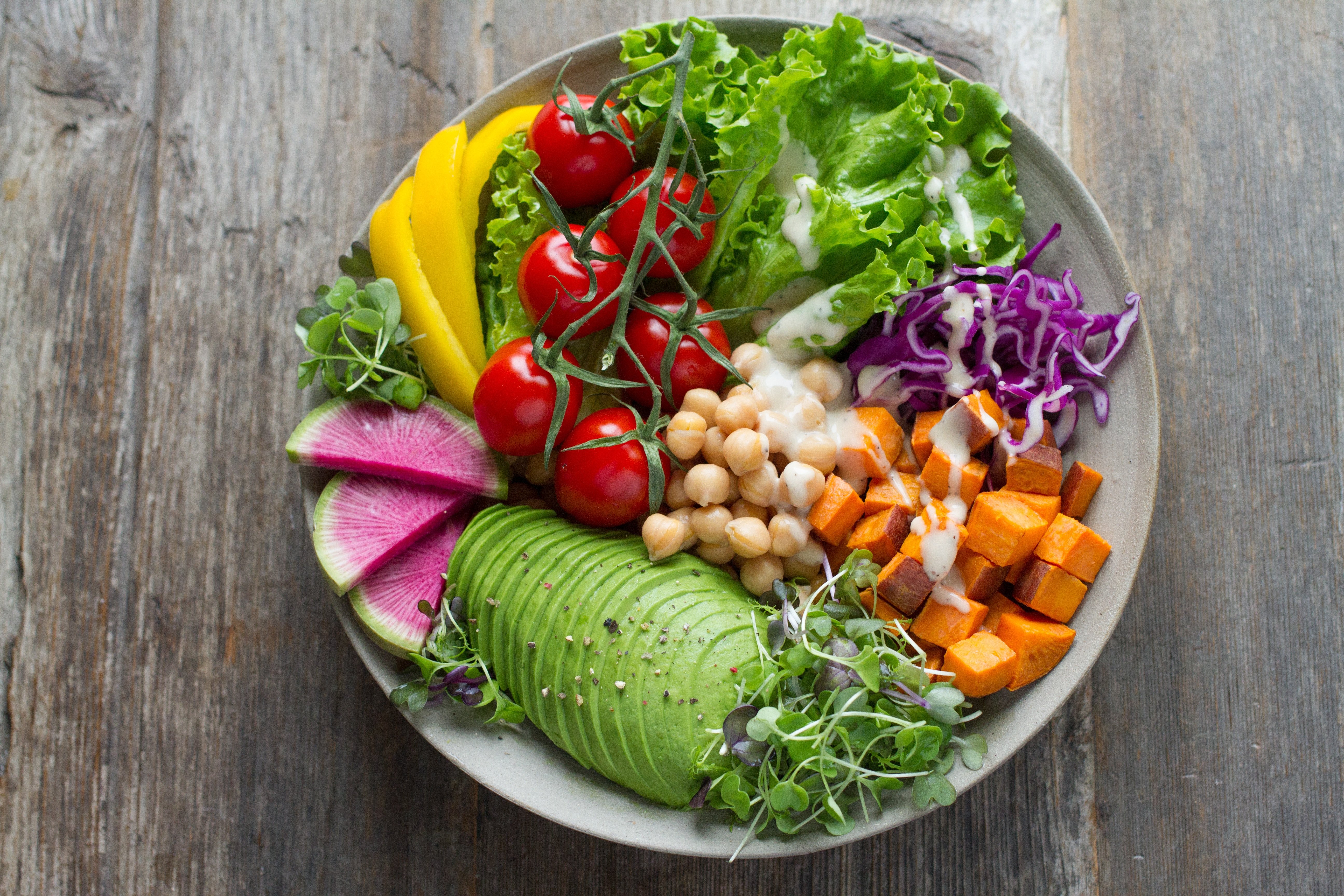It’s not breaking news to say that people with diabetes would be wise to follow a healthy diet. But what is a healthy diet? We know for a fact that there is not ONE healthy diet that works for everyone with diabetes.
On the subject of nutrition, the 2018 Standards of Medical Care in Diabetes by the American Diabetes Association says: “A variety of eating patterns are acceptable for the management of type 2 diabetes and prediabetes including Mediterranean, DASH and plant-based diets.“
Let’s make this really simple: what these diets have in common is the need to eat more vegetables, eat fewer refined sugars and refined grains, and limit portions to keep your weight in a healthy range.
That’s a great start!
When you have diabetes, there are specific nutritional priorities for each Type.
Diet for Type 1 Diabetes
People with Type 1 diabetes need to match their food carbohydrate in each meal or snack to their dose of fast acting insulin. So, for this group, knowing the carbohydrate content of foods is priority #1. Being a carb-counting expert is a critical skill. An accurate match between carbs and insulin will reduce the risk of big highs and lows in blood sugar.
Diet for Type 2 Diabetes
People with Type 2 diabetes have a bit more flexibility. Understanding which foods have carbohydrates is important, so knowing which food groups contribute carbs is the key. You don’t have to be a carb-counting expert to be successful. Limiting the portions of carb-rich foods to about one-fourth of your meal will have wonderful results.
Basic Type 2 diabetes meal planning guidelines include:
- Distribute your carbohydrates evenly throughout the day
- Eat small meals and snacks
- When you are able, take a short walk after meals. This will help your body move sugar from the blood into your muscle cells.
Diet for Pre-Diabetes
People with pre-diabetes need to focus their efforts of achieving a healthy weight. The national diabetes prevention program was able to prove that a modest weight loss of 5-7%, along with 150 minutes of exercise per week, cut the risk of type 2 diabetes by 58%. And people older than 60 cut their risk by 71%. So, if you are overweight, lose a little. If you are not overweight, limiting carbs is your best bet and getting your exercise will also help.
Diet for Gestational Diabetes
People with gestational diabetes really need to watch the distribution of carbohydrates across the day, spreading them out carefully so that they don’t exceed their body’s ability to process those carbs each time they eat.
These ladies are really carb-sensitive first thing in the morning. So, the California Diabetes and Pregnancy Program encourages women with gestational diabetes to reduce carbs to 15 grams at breakfast, 45 grams at lunch and dinner, and 15 grams at snacks. Eating more frequently is a key strategy for GDM, while limiting carbs at breakfast.
While carbohydrates garner most of our attention when talking about diabetes, the other parts of our diet also matter.
- The highest priority is to eat plenty of non-starchy vegetables for their antioxidant punch.
- Small portions of fresh fruit are nature’s best sweets. Choose fresh, lean protein foods for heart health.
- Include small portions of nuts and seeds, fish and avocados for healthy fats.
In this complicated landscape of dietary advice, moderation is always a safe approach, although not nearly as exciting. Remember, every wonderful, delicious wholesome bite you take can lead you on the path to health and vitality.
